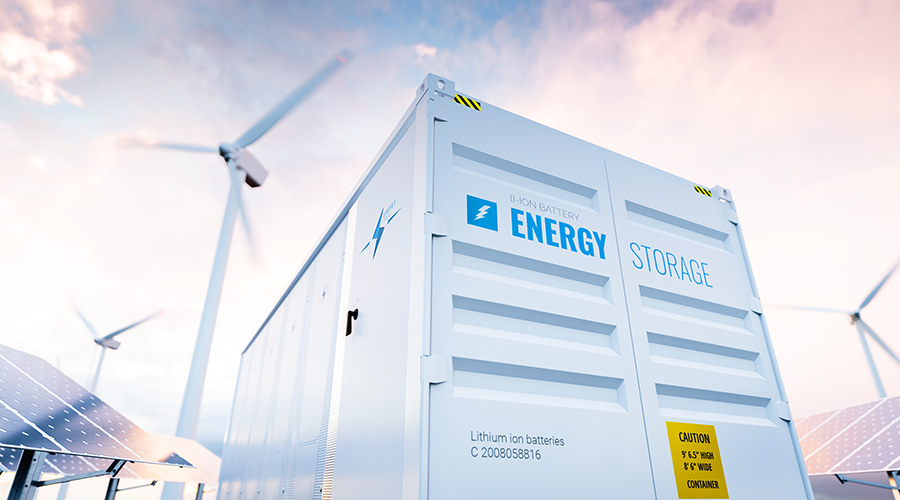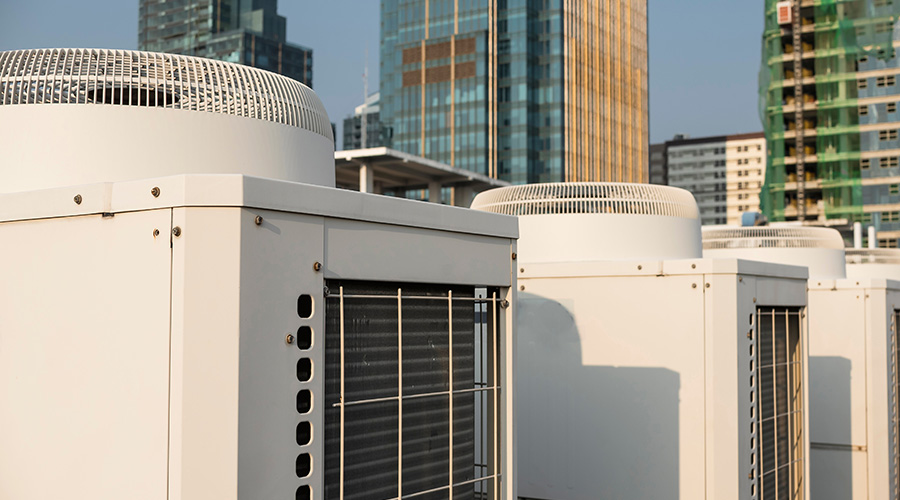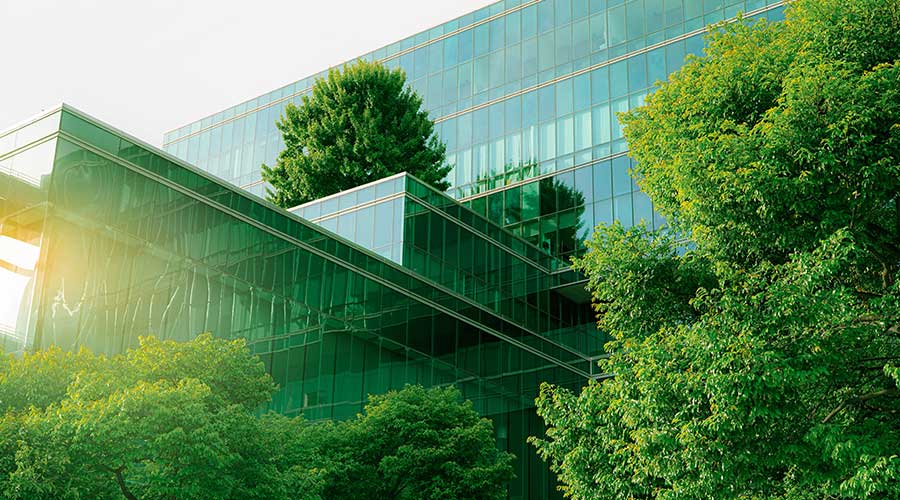Interconnected World: How Green Building Relates to Sharing of ‘Common’ Resources
First of a 4-part article from the U.S. Green Building Council
It’s easy to forget that we live in an interconnected world. The air we breathe, the oceans, rivers, lakes, and aquifers — we share all of these resources with everyone else on the planet. No one owns the air or the vast majority of the oceans; they are a “commons” that we all depend on for life. Yet humans use these commons without much consideration for the future. We pollute them. We take from them, and forget that our lives depend on them now and for future generations. And, unless you happen to live in a place with severely constrained resources (e.g., California with its current mega-drought), it is hard to understand how our consuming and polluting actions will negatively affect the ability of the commons to support us (humanity) in the future. To understand how this concept of the “tragedy of the commons” relates to green buildings, let’s start with a look at a lesson from a recent college course.
The students of a Northwestern University course called Systems Thinking for Sustainable Design play a game based on the concept of the tragedy of the commons. The idea behind the tragedy of the commons is that we each use the commons based on our own self-interest, yet often contrary to the interests of all of us as a group, thus depleting the common resources. This is generally inevitable unless there is an agreed-upon control mechanism that everyone adheres to.
The game, called “Harvest,” plays right into the “tragedy.” It begins with a made-up “ocean” of 50 fish. After being told how many fish are in the ocean and that the goal is to both sustain the ocean and be profitable as a fishing team, each team is asked to bid on the number of fish they would harvest each season. If the total number of fish harvested by the teams is fewer than 25, the ocean’s fish would replenish to 50 the following season. If the number of fish harvested is higher than 25, say 28, the ocean would regenerate to the remaining number times two, e.g. 22 remaining fish x 2 = 44. So the following season, the ocean would only have 44 fish. Each season, the ocean would either regenerate to 50 or to two times the remaining fish.
Eco-System Services and the Interdependence of Things
Another broad concept that relates both to the tragedy of the commons and Earth overshoot is the idea of ecosystem services. To understand the interrelationships among the systems, take, for instance, a forest. To one entity, a forest may look like a bunch of trees to be clear-cut with little concern for the consequences. To another, the forest may look like a giant filter that keeps our water clean, keeps the hillsides from eroding, and provides habitat for spawning fish as well as lots of other critters. There is a monetary value to both. One views the forest only for one entity’s private good; the other as a service to the commons. Clearly, in a world where the services of ecosystems are critical to the survival of not just humans but of all species, it would be worthwhile to understand the value of an ecosystem’s services to all and to use them wisely.
— Helen J. Kessler
Related Topics:














